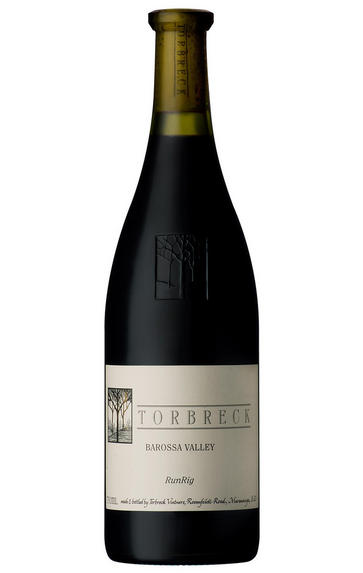
2016 Torbreck, Runrig, Barossa Valley, Australia
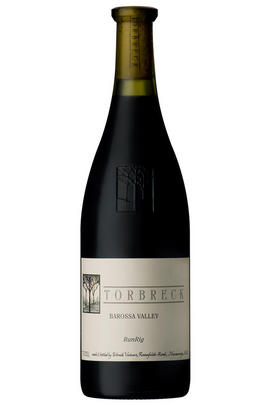
Critics reviews
Saturated violet. An intensely perfumed bouquet displays ripe black and blue fruits, exotic spices, potpourri and incense enlivened by a smoky mineral top note. Offers alluringly sweet, penetrating cherry, blueberry, violet floral pastille and spice cake flavours that show impressive focus and vivacity for their brawn.
The floral and spice notes return emphatically on the wonderfully long finish, which features smoothly interwoven tannins and a reverberating mineral note.
Drink 2025 - 2036
Josh Raynolds, Vinous.com (December 2021)
A blend of 98% Shiraz and 2% Viognier made just before bottling, the 2016 RunRig is a complete masterpiece. It starts with elegant notes of pencil shavings accenting blueberries and blackberries on the nose, then shows incredible, palate-staining fruit intensity in the mouth.
It's full-bodied, plush and velvety without being unstructured and manages to be fruit-forward yet savoury on the long-lasting finish, where it picks up hints of mocha and black olives.
This should be drinkable with pleasure throughout its entire two-decade life (it may live longer from cold cellars or in larger formats), but if I were lucky enough to have a bottle or two, I'd try the first one about ten years out.
Drink 2019 - 2035
Joe Czerwinski, Wine Advocate (February 2019)
Old-vine magic. Some even come from 1858. The decadence and dusty, antique aromas and flavours are very impressive, yet it’s not overdone. Licorice, dark berries, smoke and graphite. A blend of 98% Shiraz and 2% Viognier.
Better in 2021
James Suckling, JamesSuckling.com (December 2019)
About this WINE
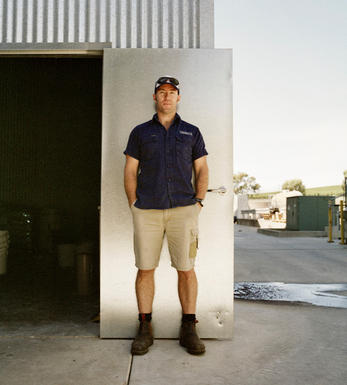
Torbreck
Torbreck was established in 1994 and is located at Marananga on the western ridge of the Barossa Valley. It is named after a forest situated just south of Inverness in the Highlands of Scotland. Founded by David Powell, a former lumberjack who worked in various vineyards to hone his oenological skills, Torbreck’s first releases in 1997 of a 1995 Runrig (Shiraz/Viognier) and 1996 The Steading (Grenache/Mataro/Shiraz) were greeted with rapturous applause by critics and connoisseurs alike. The winery is overseen by Senior Winemaker Craig Isbel and his team.
The overwhelming majority of his vines are dry-grown, nearly all are 100 - 165 years old and are tended and harvested by hand. The wines have an extraordinary combination of power, intensity, complexity and great finesse.
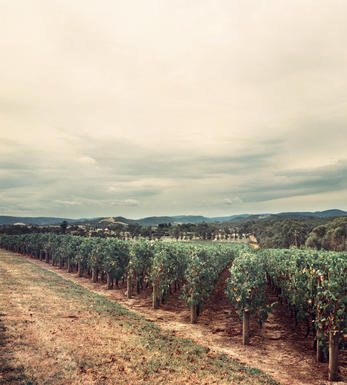
Barossa Valley
Barossa Valley is the South Australia's wine industry's birthplace. Currently into its fifth generation, it dates back to 1839 when George Fife Angas’ South Australian Company purchased 28,000 acres at a £1 per acre and sold them onto landed gentry, mostly German Lutherans. The first vines were planted in 1843 in Bethany, and by the 1870s – with Europe ravaged by war and Phylloxera - Gladstone’s British government complemented its colonies with preferential duties.
Fortified wines, strong enough to survive the 20,000km journey, flooded the British market. Churchill followed, between the Wars, re-affirming Australia’s position as a leading supplier of ‘Empire wines’. After the Second World War, mass European immigration saw a move to lighter wines, as confirmed by Grange Hermitage’s creation during the 1950s. Stainless-steel vats and refrigeration improved the quality of the dry table wines on offer, with table wine consumption exceeding fortified for the first time in 1970.
Averaging 200 to 400 metres’ altitude, the region covers 6,500 hectares of mainly terra rossa loam over limestone, as well as some warmer, sandier sites – the Cambrian limestone being far more visible along the eastern boundary (the Barossa Ranges) with Eden Valley. Following a diagonal shape, Lyndoch at the southern end nearest Gulf St Vincent is the region’s coolest spot, benefiting from sea fogs, while Nuriootpa (further north) is warmer; hot northerlies can be offset by sea breezes. The region is also home to the country’s largest concentration of 100-year-old-vine Shiraz, Grenache and Mourvedre.
Barossa Valley Shiraz is one of the country’s most identifiable and famous red wine styles, produced to a high quality by the likes of Rockford, Elderton, Torbreck and Dean Hewitson. Grenache and Mourvèdre are two of the region’s hidden gems, often blended with Shiraz, yet occasionally released as single vineyard styles such as Hewitson’s ‘Old Garden’, whose vines date back to 1853. Cabernet Sauvignon is a less highly-regarded cultivar.
Wines are traditionally vinified in open concrete fermenters before being cleaned up and finished in American and French oak barrels or ‘puncheons’ of approximately 600 litres. Barossa Shiraz should be rich, spicy and suave, with hints of leather and pepper.
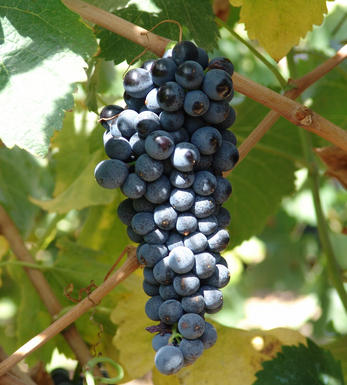
Northern Rhône blend
A Northern Rhône blend is a wine made from grapes grown in the northern part of the Rhône Valley in France. This region is known for producing some of the world’s most acclaimed and distinctive wines.
The red blends typically revolve around the Syrah (Shiraz) grape. These wines are known for their deep colour, complex aromas of dark fruits, black pepper, floral notes, and a firm tannic structure. The most famous appellations for these wines include Côte-Rôtie, Hermitage, and Cornas. Côte-Rôtie often incorporates a small percentage of Viognier, adding floral and aromatic elements to the wine.
In the Northern Rhône, Viognier is the primary white grape variety. Viognier-based wines from appellations like Condrieu are highly aromatic, with flavours of stone fruits, floral notes and sometimes a hint of spice. These wines are often full-bodied and have a luxurious texture.
A unique characteristic of some Northern Rhône red wines is the co-fermentation of Syrah and Viognier grapes. This process involves fermenting the two grape varieties, resulting in wines seamlessly integrating Viognier’s aromatic qualities with Syrah’s structure and depth.
Northern Rhône blends are celebrated for their elegance, complexity, and terroir-driven characteristics. They are considered some of the finest examples of varietal wines produced in France and are highly sought after by wine enthusiasts and collectors worldwide.


Buying options
Add to wishlist
Description
Saturated violet. An intensely perfumed bouquet displays ripe black and blue fruits, exotic spices, potpourri and incense enlivened by a smoky mineral top note. Offers alluringly sweet, penetrating cherry, blueberry, violet floral pastille and spice cake flavours that show impressive focus and vivacity for their brawn.
The floral and spice notes return emphatically on the wonderfully long finish, which features smoothly interwoven tannins and a reverberating mineral note.
Drink 2025 - 2036
Josh Raynolds, Vinous.com (December 2021)
wine at a glance
Delivery and quality guarantee